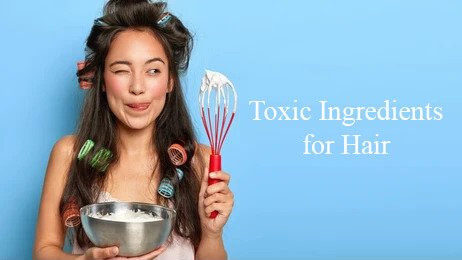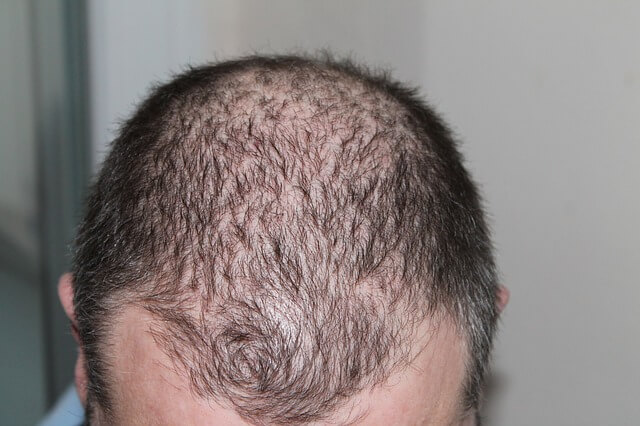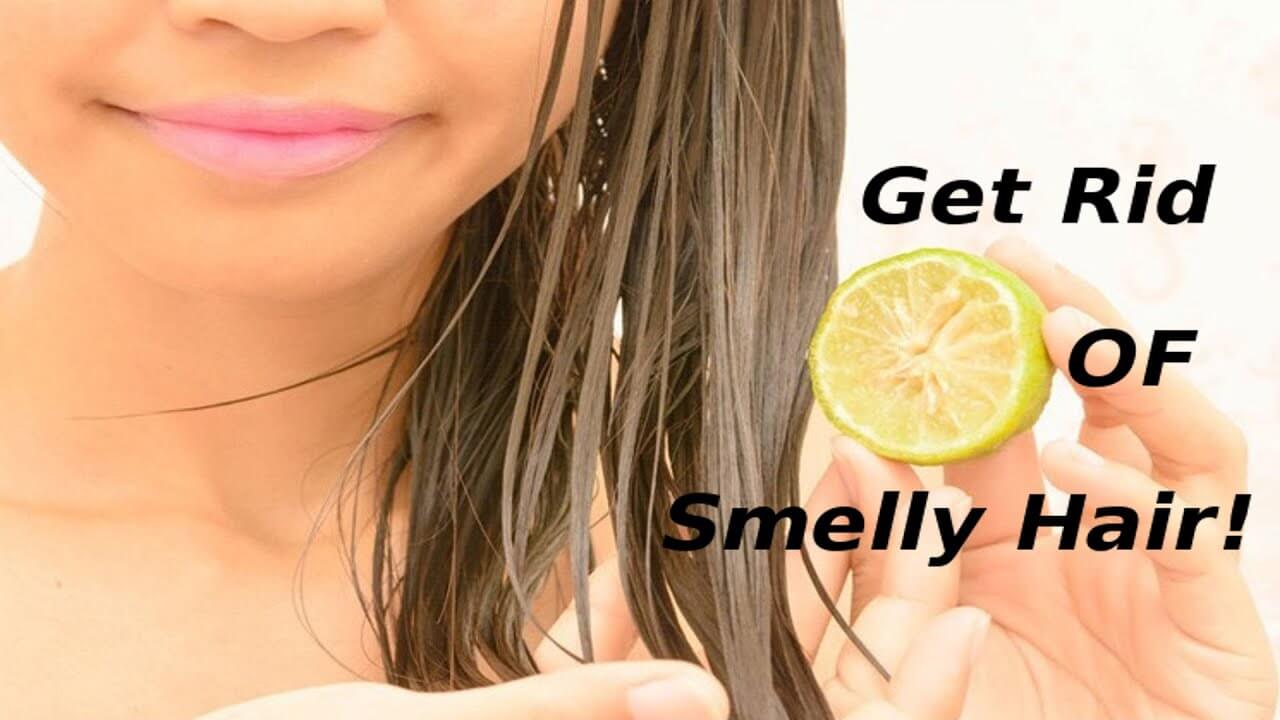Humans are most attractive when their hair is in contact with their skin. Therefore, we try to keep it in good condition as much as possible, and do the best care of it. Nevertheless, since we live in a very modern and up-to-date world we like to do new things and look stylish in everyday life. Due to that reason, we have started experimenting with our hair. Throughout our everyday activities, we apply different types of hair dyes, sprays, serums, gels, shampoos, and conditioners. As a result, it may seem good at first glance, but when we dive into our Hair and scalp health, the use of these kinds of products can actually be very harmful to us if the products we are using contain toxic ingredients. It’s important to use products that contain ingredients that are toxic free and green if your scalp isn’t in great shape or your hair is heavy and dry. You can search little bit on the internet about the toxic ingredients free hair products and number of products will be in your list which you ever used.
We want to make sure you know what you should look for when reading the ingredients label of your hair care products, as well as which products you should avoid, for the sake of your hair and body.

Ingredients to Avoid in Hair Products
-
Mutilated Alcohol
Here I have listed a few common mutilated alcohols: SD Alcohol 3A, SD Alcohol 30, SD Alcohol 39-B, SD Alcohol 39-C, SD Alcohol 40-B, SD Alcohol 40-C etc are the best examples of mutilated alcohol. Cosmetic toxic ingredients that are mutated are a group of ingredients that can dry the scalp if they are applied too frequently and at high concentrations. As a result, it’s best to stay clear of all hair products that contain alcohol as an ingredient. The use of these alcohols in cosmetics may be technically safe, but avoiding drying ingredients will help your hair and scalp remain healthy and hydrated in the long run.
-
Para-Phenylenediamine
Chemically, Para-Phenylenediamine is found in most permanent and semi-permanent hair dyes, whether they come from the drugstore or the salon. Para-Phenylenediamine toxic ingredients can potentially cause allergic reactions and increase skin sensitivity to UV light when in contact with the skin. Even though Para-Phenylenediamine can still be found in traditional hair dyes, anyone with a sensitive scalp should definitely avoid using it. Whenever you use a Para-Phenylenediamine-containing hair dye at home, make sure to follow all instructions and conduct a patch test first.
Most drugstore hair products, as well as high-end hair products from top salons, contain toxic ingredients. Our recommendation is to take matters into your own hands, conduct your own research, and be sure that the products you use on your hair meet the standards you hold for them.
-
Sodium lauryl sulfate (SLS) / Sodium laureth sulfate (SLES)
Sodium sulfate is a cost-effective cleansing agent commonly found in shampoos since it is extremely effective at dissolving oil, leaving your scalp and hair feeling squeaky clean afterward. A sulfate toxic ingredients shampoo will lather nicely with a foamy effect when applied to wet hair, which causes any greasy haired girl to fall in love with it instantly. Sulfates are responsible for making foaming lather as we associate it with cleanliness. Sulfates are generally considered safe for use in hair products; however, we strongly encourage you to choose sulfate-free shampoos instead. This surfactant (think foaming) can be found in more than 90 percent of personal care and haircare products.
It is believed that SLS should be considered as a carcinogen as well as it interacts and combines with other chemicals. In addition to causing kidney damage, these combinations can also cause a host of other problems. In the long run, your hair will become brittle, look dull, and become prone to breakage, damage, and split ends.
-
Synthetic Fragrances
In every age fragrances are the most important attractive factor in the cosmetics world, but many toxic fragrances ingredients can cause skin irritation, redness, itching, hives, or dermatitis. If “fragrance” appears on the ingredient list, proceed with caution. Labels do not have to list what exactly the compound is made of, which means that there are often a number of hidden potential irritants in any artificially scented product. Petrochemicals are the major component of synthetic fragrances, accounting for more than 95 percent of their chemicals. In spite of the fact that fragranced hair products are undoubtedly pleasant to use, if you experience scalp sensitivity, you may want to consider fragrance-free shampoos and hair masks. However, you are still able to use fragranced products on the ends of your hair without too much concern about irritating them.
-
Formaldehyde-releasing preservatives
Vapours of formaldehyde toxic ingredients can be found in many hair products for smoothing, growing, and cleansing. By inhaling formaldehyde, one might create toxic effects and even asthma. Hence, formaldehyde is an ingredient whose safety is currently being investigated.

-
Phthalates
Hair sprays often contain phthalate. Be aware that this ingredient is often present in “fragrance“, so keep that in mind since you may not find it on the ingredients list. The use of phthalates in cosmetics, considered as toxic ingredients, is common for dissolving other ingredients and improving texture, as well as for making the scent of the product last longer.
An endocrine disruptor, it has been linked to increased breast cancer risk, early breast development in girls, and reproductive birth defects in both sexes.
-
Triclosan
In many haircare products, tricolson is added to reduce or prevent bacterial contamination. Skin irritation and a possible carcinogen have been linked to it. This toxic chemical ingredience is a known endocrine disruptor and may contribute to infertility, depression, overweight and obesity.
-
Parabens
In cosmetic formulations, parabens are preservatives that prevent bacteria from growing. Researchers were unable to determine why or how parabens end up in tumours of cancer patients, however, a 2004 study found large quantities of parabens in tumours of cancer patients. There is still no conclusive proof that parabens in cosmetics cause cancer, even though there is no further research to support that claim. Even though science rarely (if ever) concludes definitively, the majority of research on parabens in cosmetics tells us that they are a completely safe ingredient. Parabens been linked with skin irritation, reproductive issues and neurotoxicity In case you don’t want to take the risk, choose paraben-free hair products.
-
PVP/ VA Copolymer
Synthetic vinyl polymers such as PVP/VA Copolymer are used in haircare products as fillers and binders. It is considered the ‘ideal’ way to style hair because it is another toxin derived from petroleum. There have been several complaints about PVP/VA Copolymer causing irritation to the scalp. Additionally, some people can develop respiratory problems as a result of the particles.

-
Mineral Oil
We recommend using conditioners or leave-in products with Coconut Oil in the place of mineral oil if you are trying to prevent the loss of essential hair proteins. Plant oils generally offer an additional number of benefits over mineral oils. As Coconut Oil is absorbed deep into your hair, unlike mineral oils, it acts as a moisturizing agent for your hair.
-
Dimethicone
Another toxic ingredients in hair product is Dimethicone which can cause your hair to become dry in the long run, but if it builds up, it can lead to very heavy ends and greasy roots. Some cases have also been reported where it causes itchiness and burning on the scalp. As a result, your hair will become brittle, dull, prone to breaking and damage, and also more susceptible to split ends.
-
Silicones
In the beauty industry, silicones are emollient slip agents that keep moisture in and give hair an instant (but artificial) silky, shine. In addition to weighing down your hair, silicones will add an exterior seal to our hair cuticles, preventing moisture from penetrating the hair shaft, which will result in drying out your hair over time. For longer-lasting nourishment, however, consider using a conditioner, hair mask, or serum made from cold-pressed, plant-derived oils. Overuse of silicones can lead to infertility, depression, weight gain, and obesity thanks to its endocrine disrupting effect.
-
Triethanolamine
A shampoo’s foaming capacity is increased by the addition of triethanolamine. Because of Triethanolamine’s high absorbency, it can cause inflammation of the skin and eyes. There have also been links between continuous exposure to this substance and asthma and allergic reactions. The main issue with this chemical is that it is so prevalent in cosmetics today, with as many as 40 percent of products containing it, which may still expose consumers to long-term hazards.
-
Polyethylene Glycol aka PEGs f
A study has classified polyethylene glycol as a “developmental toxicant,” meaning it may interfere with human development. As a thickening agent, polyethylene glycol or PEG is commonly found in most haircare products. The goal is to remove moisture from the hair so it can be hydrated. Once the hair is hydrated, silicone is added to restore the hair’s softness. Hair is usually stripped of its natural moisture and then silicone is added to make the hair feel soft again.
As we become absolutely aware of toxic ingredients in hair care products and how they can negatively affect our bodies, it is a very harmful thing. Thus, we now believe that whenever you go shopping for hair care products, you definitely need to look for products that are completely free from toxic substances.




